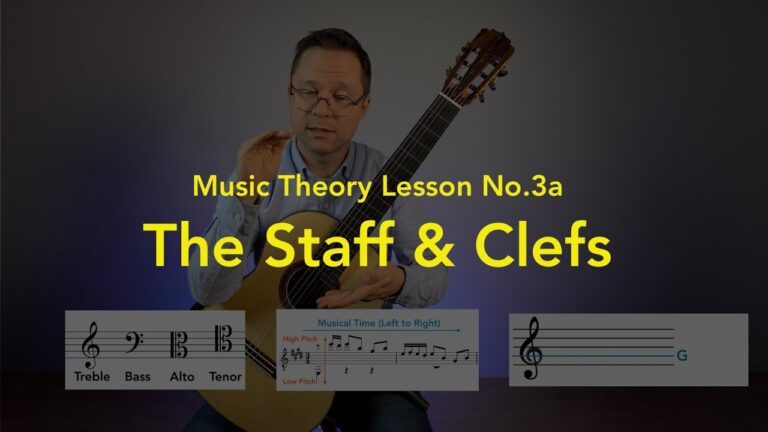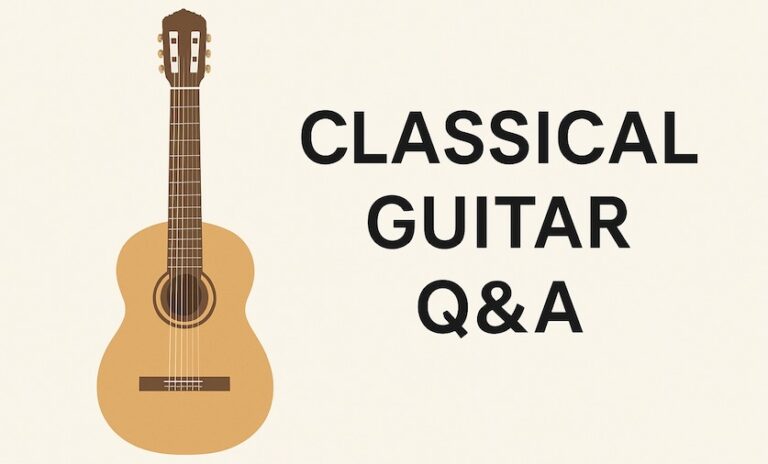The following lessons focus on playing and practicing barre (bar, capo, car chords) on classical guitar. The first overview lesson covers a definition, context, and some exercises to help your bar technique. Check out my method and technique books at the sheet music page. This is great video for beginners or intermediates looking to improve and existing problems.
These exercises are from my technique book Classical Guitar Technique: Essential Exercises, Scales, and Arpeggios.
This lesson is on Barre (bar chords) and barre exercises for the left hand. Playing a successful barre (also called capo) is much more reliant on your ability to be precise rather than the amount of pressure or tension you apply with your 1st finger. The String Specific Barre Correction is the most important of all the barre exercises here because it aims at specific points within the barre that will require precision rather than strength.
Some basic tips: Barre with your 1st finger; keep your 1st finger straight and very close to the fret on all required strings; do not help the 1st finger by using additional fingers; let gravity help by allowing the weight of the left arm pull the strings down into the fret; do not press too hard or squeeze like a vice between your fingers and thumb. Don’t worry if it buzzes at first, gain control and good positioning before becoming more critical. YouTube Video Link (HD)
Matthew McAllister demonstrates a simple exercise to help with bar chords and the barre technique on classical guitar. This comes via his amazing YouTube channel.
Lesson: Hinge Barres, Pivots, and Partial Barres for Classical Guitar
A dedicated barre (bar) lesson on Hinge Barres, Pivots, and Partial Barres. How to play these various barres and when to use them. I mention these in my pieces quite often so it was time to put out a lesson explaining their uses and specifics. YouTube Lesson Link
Barre Abbreviations in scores:
- BV3 = Barre at the 5th fret, over three strings (E, B, G Strings)
- BV5 = Barre at the 5th fret, over five strings (E, B, G, D, A, Strings)
- BIII2 = Barre at the 3rd fret, over two strings (E, B Strings)
- hBV = Hinge Barre, a barre only over some of the strings while allowing open strings to sustain (commonly open bass strings). Usually followed either by a full barre or a new bass note with the 1st finger.
- Piv. (or piv.BII2) = Pivot Barre, a technique where the player either pivots into a barre or releases a barre while allowing certain notes to sustain or avoiding a finger jump to a new string.
I don’t indicate Partial barres because if I notate an open string while barring it’s self-explanatory. The RCM uses a fraction to indicate the number of strings but it’s not completely intuitive.
Scott Morris gives a lesson on Barring Technique (the Barre). This comes via the excellent GSI (Guitar Salon International), thanks! Their blurb: “In this lesson Scott addresses the topic of barring – when and how to bar, and also when to use a half bar or not to bar at all.



